

The island nation of New Zealand is situated in the southwestern Pacific and comprises the North and the South Island along with 700 small islands. It is a developed economy driven by the service sector followed by industries, manufacturing, agriculture and tourism.
New Zealand’s major trading partners are China, European Union, Australia, the United States, and Japan. Primary export goods are agricultural products, meat, wood, fruits, and machinery. Dairy products are the largest export commodity, adding $14.1 billion to the national income. It imports vehicles, nuclear reactors, boilers, machinery parts, plastics, aeroplanes, and spacecraft.
New Zealand has 34 ports built by early settlers and colonisers. The Europeans and North Americans visited this island to hunt whales, seals and fish in the 18th and 19th centuries. Some of them decided to stay back and built settlements around the shores where loading and unloading supplies from neighbouring regions would be more accessible.
These developed into the earliest ports and harbours that were rather rudimentary but were then developed by the British after the 1840s. After independence, New Zealand’s government formed harbour boards for refurbishing and expanding ports and undertaking new port development projects, which began after the 1990s. Since the reforms in the 1980s, most commercial ports have been operated by local authorities.
There are five major ports in New Zealand. These include-
The Tauranga Port is situated in the north island city of Tauranga. It is the principal port of New Zealand and is strategically located and expansive. Adorned with the latest equipment and modern port facilities, it is the busiest trading port and a popular tourist destination.
It handles the majority of cargo and has the highest container throughput compared to the other ports, with more than 950,000 TEUs every year. Around 1700 vessels containing forest products, kiwifruit and dairy exports were handled by Tauranga port in 2019. These commodities comprise 75% of the annual port exports.
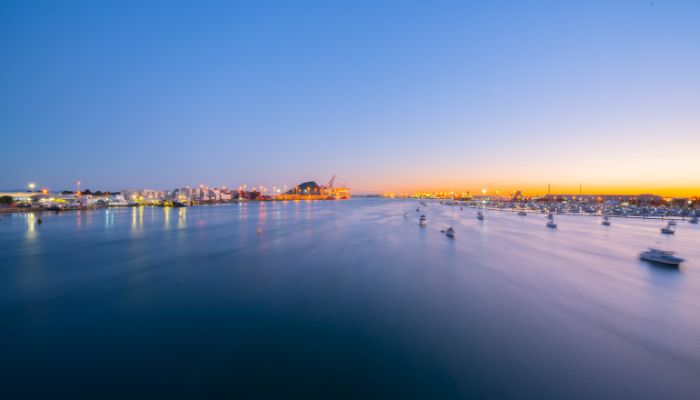

It spans 113.4 hectares at Mount Maunganui and 74.7 hectares at the sulphur point. Twelve berths handle various kinds of cargo such as wood, liquids and coal. Three additional berths serve containerised cargo and refrigerated goods. Port equipment includes 3 Post Panamax Cranes, six twin-lift cranes, 53 straddle carriers with a capacity of 45 tonnes each, and 12 hoppers with a total of 50 to 300 tonnes.
It caters to the fishing community and promotes tourism, and many water sports events are also held near the port harbour. Due to its popularity, in 2019, its annual revenue increased by 10%, which is quite commendable.
It has been labelled as one of the finest cruise destinations in the island country. The cruise berth adjacent to the main port area has a beautiful view overlooking the pilot bay. It is well-connected to Tauranga and offers numerous tourist activities at the Bay of Plenty.
The port has a covered storage area and a cold storage facility with 20,000 tonnes capacity. The berths have 22 bunker points that allow ease of operations. Additional 90 hectares are dedicated to cargo handling and container storage.
The tanker berth was built in the 1980s and handled hazardous goods and substances. Port operations include loading and unloading takers containing hydrocarbon oil goods, chemicals and edible cooking oils. The wharf measures 80 m and can handle ships with 260 m LOA.
The western part of the port, near Sulphur Point, is occupied by the Tauranga Container Terminal. It has a 770 m long pier and eight container cranes. Ample storage space is available for containerised cargo.
A covered storage space spanning 25,000 m2 is dedicated to cargo handling. A Cold Storage facility is also available with a capacity of 9000 tonnes. This terminal has 2250 reefer points for refrigerated containers making it the biggest reefer capacity Terminal in the entire Southern Hemisphere.
Auckland Port is the busiest port in Australia. It possesses the third biggest container terminal on the continent. It also operates cruises and cargo ships to and from the city. The Port of Auckland comprises several smaller ports and harbours. It is an important port for the cruise sector of Auckland as it offers bathing, marine and other shipping services.
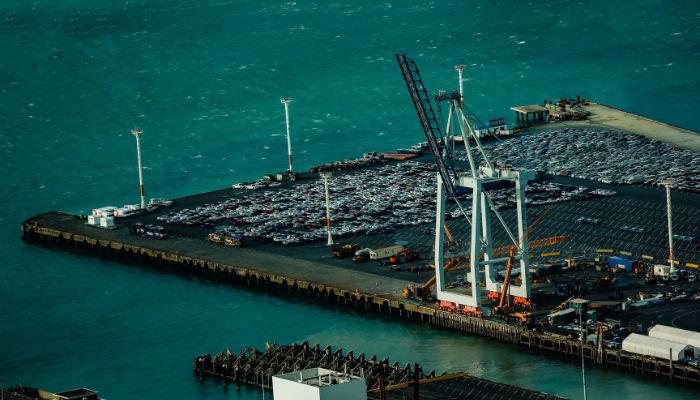

The port efficiently handles containerised cargo, non-container bulk cargo, break-bulk like steel, timber, wood, dry and liquid bulk containers, and automobiles like cars.
In 2019, this port handled 880,781 TEU and 216,356 units of commercial vehicles. The Auckland port generated $248.1 million in revenue in 2019.
The Auckland Harbour board constructed it to handle the increased volume of shipments. The port spans 55 hectares and comprises many harbours, most of which are used for storing goods and cargo.
The port equipment includes nine ships-to-shore cranes for loading and unloading huge ships that operate in the Pacific carrying about 5,100 TEUs. Also, six post-Panamax mobile cranes are available at the container terminal and four at the Bledisloe dock.
The port also has numerous straddle carriers for supporting crane operations. The port also has forklifts, fork hoists, reach stackers, twin lift and top-lift gantry trucks, five berthing tugs, and three pilot boats.
The Auckland port has aimed to reduce port emissions by 2040 and takes environmental norms seriously. The Port of Auckland has also boosted the local economy by generating more than 190,000 jobs.
Port Wellington’s favourable geographical location allows it to offer efficient and reliable cargo, shipping and logistics services while functioning as an intermodal hub. It handles diverse cargo, such as bulk powders, forestry goods, fresh produce, and bulk liquids, including chemicals and petroleum products.
It has a naturally well-protected harbour that resides on the southernmost point of the island nation. It is a busy port frequently visited by ferries, cruises, cargo-laden ships and fishing boats.
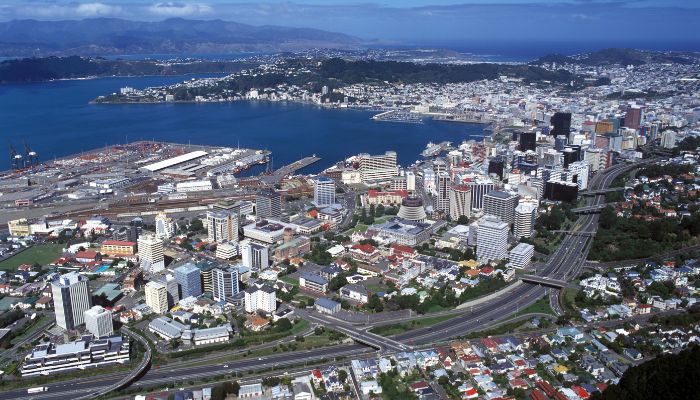

The port has many berths that work independently from its container terminal. The latter is docked with the latest facilities and has an international cruise terminal and a dedicated area for repairing ships, containers and a storage depot.
This port is situated in Hawke’s Bay, New Zealand and is operated by Port of Napier Limited. It is a famous cruise destination with the country’s fourth-largest container capacity. It has five berths; the sixth one is under construction and will be opened in 2022. After completion, it would allow the port to handle 50% more containers, 90% more cruises and 65% more bulk cargo.
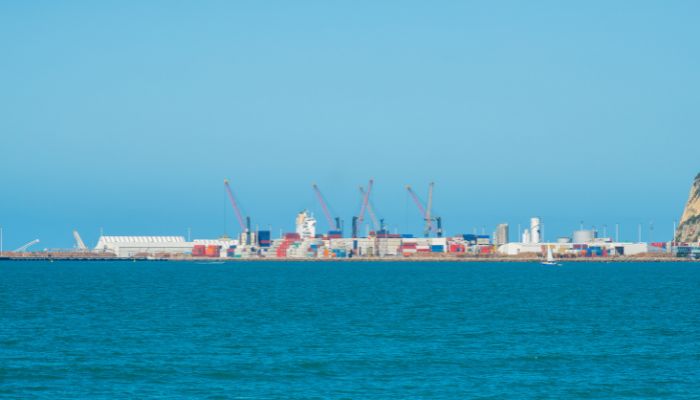

This port earned a revenue of $109 million, an increase of 9% from the previous year of 2018. This progress was due to increased bulk timber and logs exports, which accounted for 3.09 million tonnes. It handled 276,000 TEU of containerised cargo.
This port is situated in the Christchurch area of South Island. It is visited by passenger ships, boats, and vessels with bulk cargo. Lyttelton Port was once the centre-point of a flourishing civilisation as the nearby areas are rich in natural resources. Coal extraction was carried out here in the 1900s, and presently it supplies LPG gas to New Zealand’s cities.
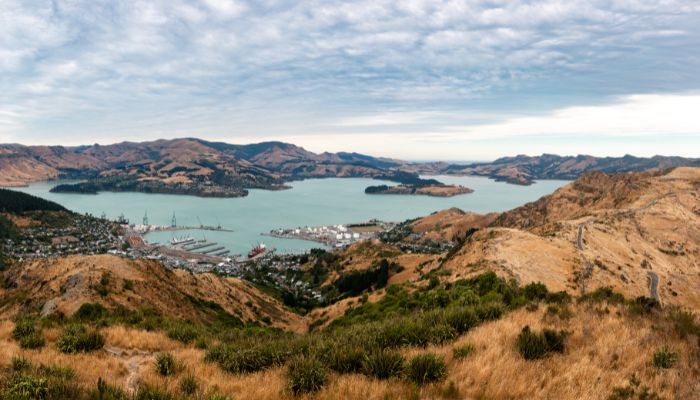

This port handles bulk petroleum, fertilisers, gypsum, cement, conventional breakbulk, vehicles and fishing equipment. In 2019, the import traffic at this port increased by 4.76 billion, and the exports increased by 5.64 billion.
It is owned by the Lyttelton Port Company and jointly operated by many enterprises. It is situated near Godley Quay and can easily handle Liquified Petroleum Gas, LPG, aviation fuel, bitumen, and methanol.
It is equipped with marine discharge units for white and black products. It also has a dry dock facility that is used by many vessels. It also offers repair facilities for small ships weighing up to 150 tonnes and with a draught of 2 m.
New Zealand’s ports are vital for the nation’s economy and bring valuable revenue. They add to the nation’s growth and drive progress by attracting foreign investment, aiding infrastructural development and creating jobs.
You might also like to read-
Disclaimer: The authors’ views expressed in this article do not necessarily reflect the views of The Marine Learners. Data and charts, if used, in the article have been sourced from available information and have not been authenticated by any statutory authority. The author and The Marine Learners do not claim it to be accurate nor accept any responsibility for the same. The views constitute only the opinions and do not constitute any guidelines or recommendations on any course of action to be followed by the reader.
The article or images cannot be reproduced, copied, shared, or used in any form without the permission of the author and The Marine Learners.










We believe that knowledge is power, and we’re committed to empowering our readers with the information and resources they need to succeed in the merchant navy industry.
Whether you’re looking for advice on career planning, news and analysis, or just want to connect with other aspiring merchant navy applicants, The Marine Learners is the place to be.